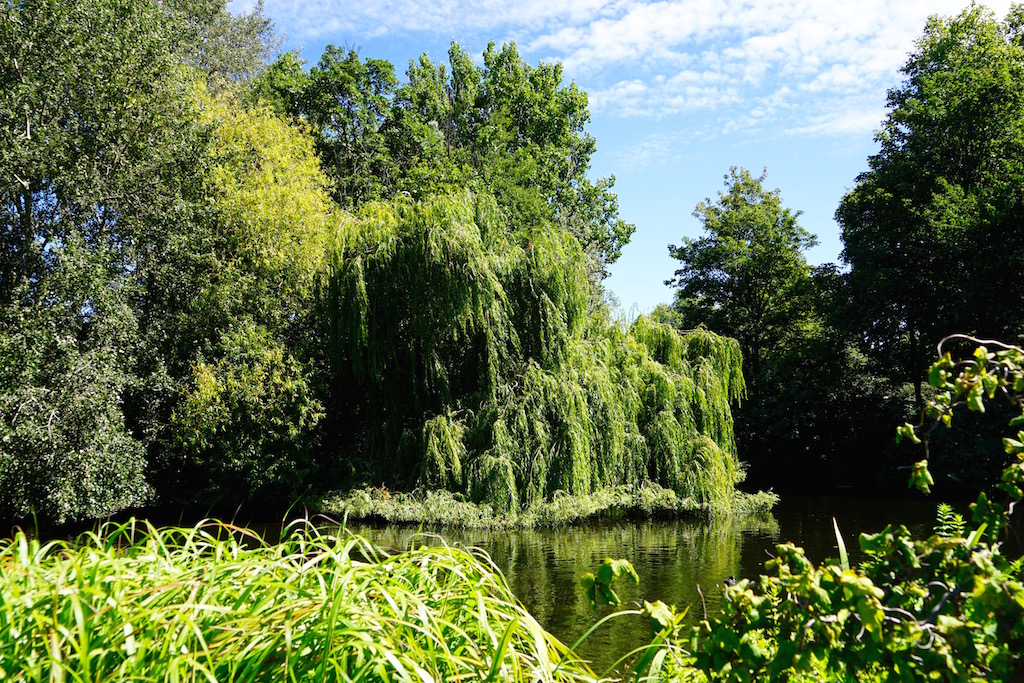
St James’s Park in London is the oldest and most visited of 8 royal parks in the city. The lake has a “duck Island as well and is home to many different bird species.
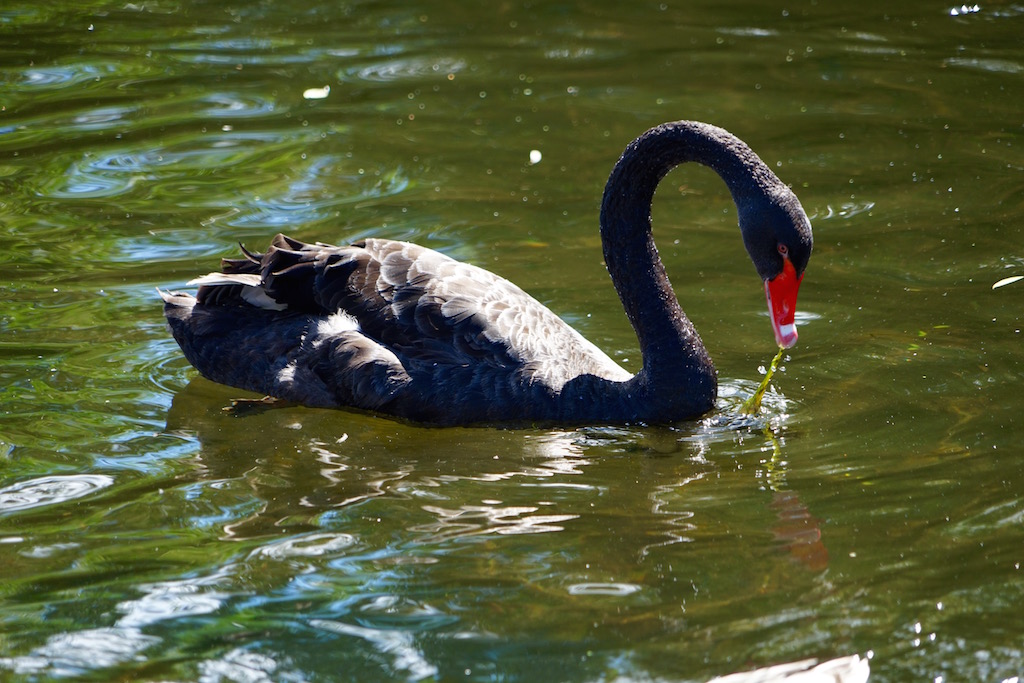
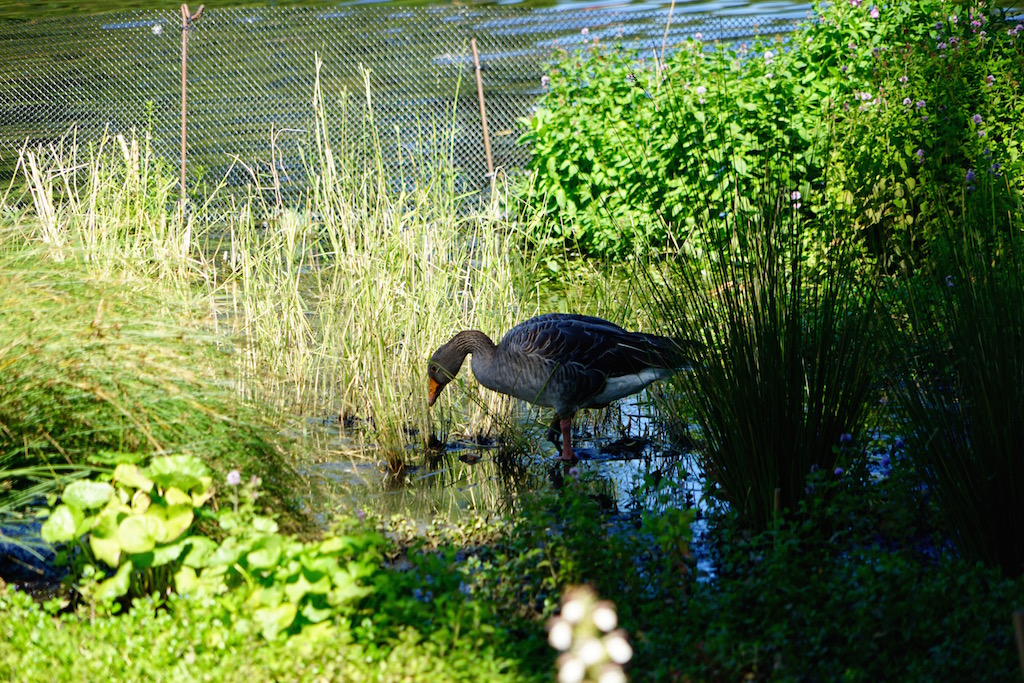
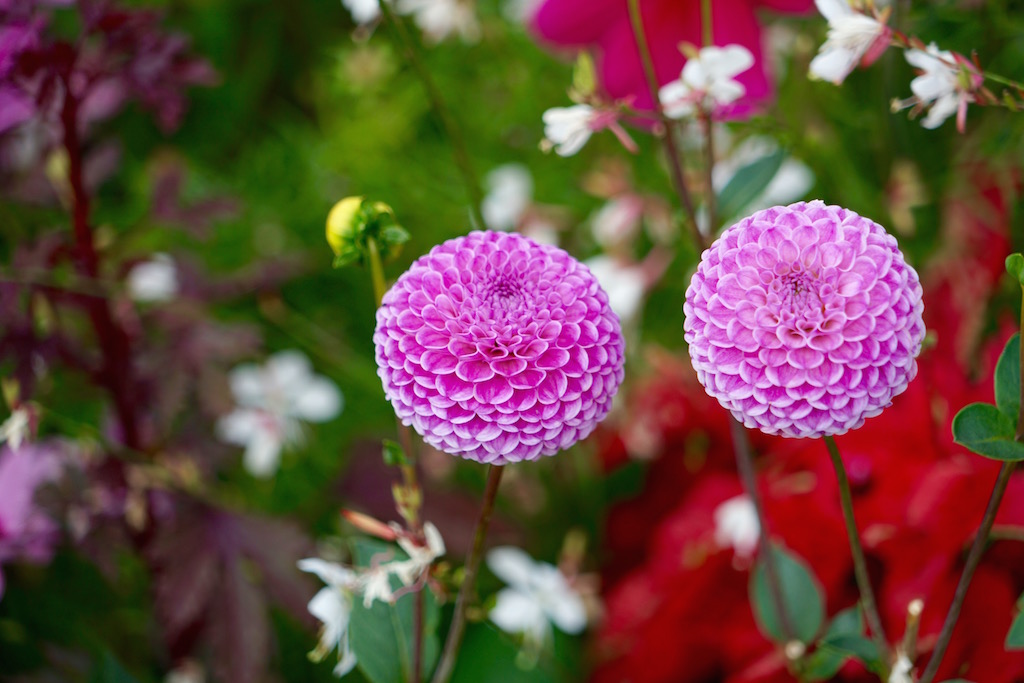
Travel writings from around the world
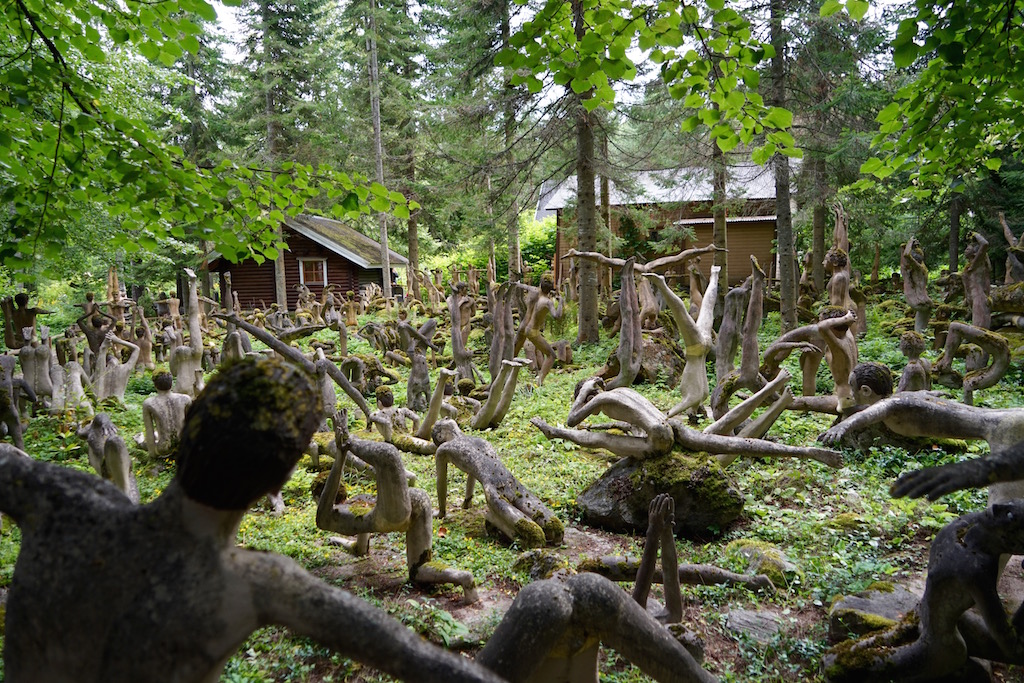
In the midst of the forest in the very Eastern part of Southern Finland you can find a pool of people amidst the Pine, Birch and Fir-trees. Parikkala sculpture park is the work of Veijo Rönkkönen (1944–2010) who was a self taught artist and a full time paper mill worker that lived in this part of Southern Finland, very close to the Russian border.
Below are some of the more interesting pieces in the garden, but there are many more to see. If you have a chance, take the 3 1/2 hr drive or so from Helsinki to see the gardens – I think you will appreciate it!
Here is a link to the website – http://www.patsaspuisto.net/the-parikkala-sculpture-park/
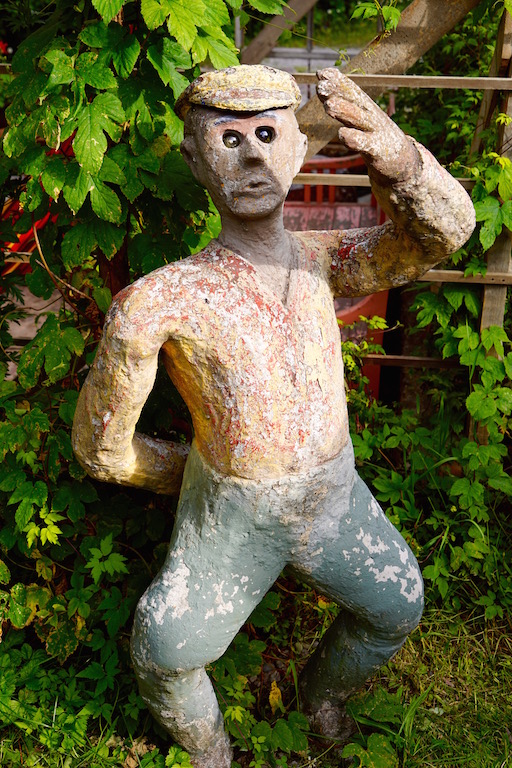
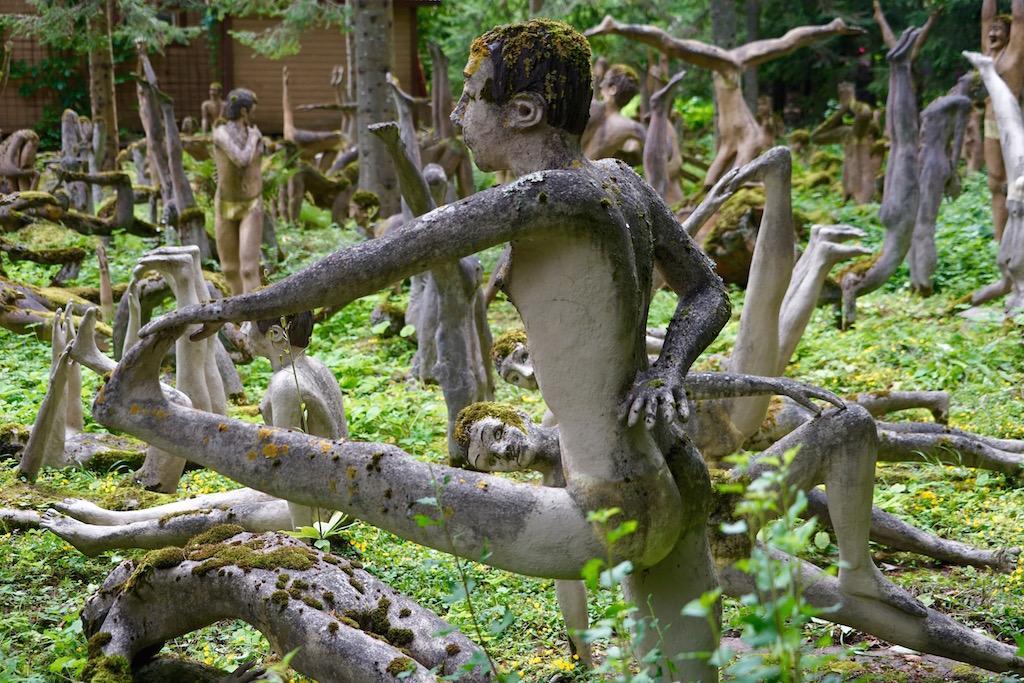
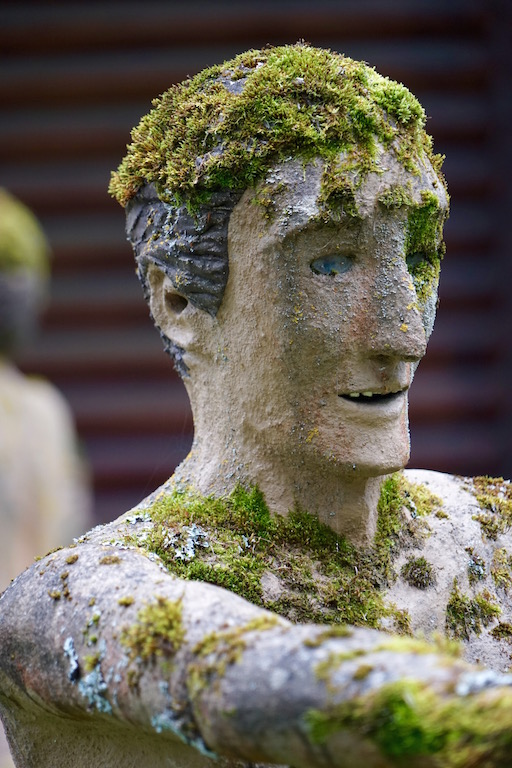
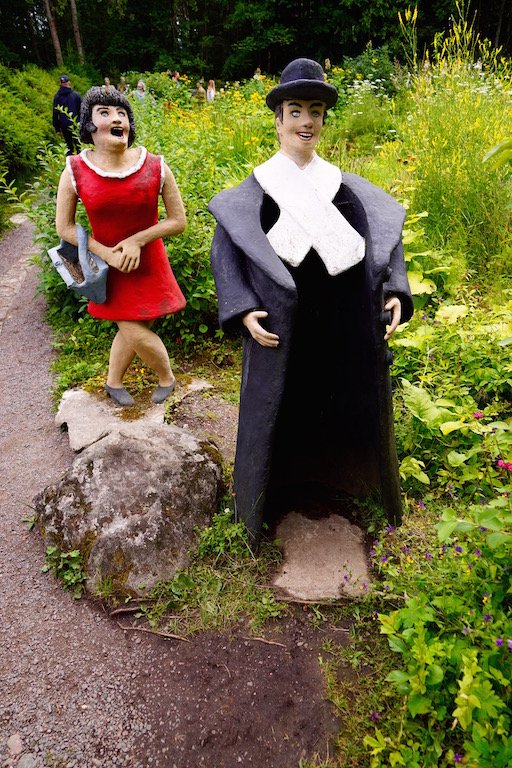
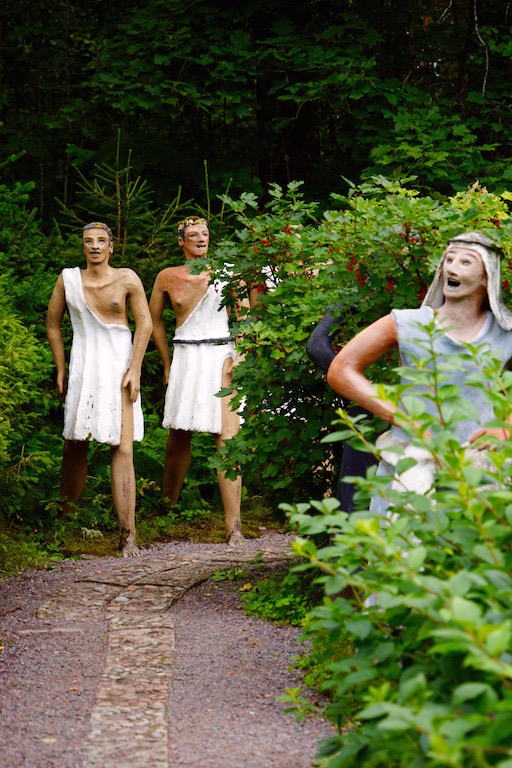

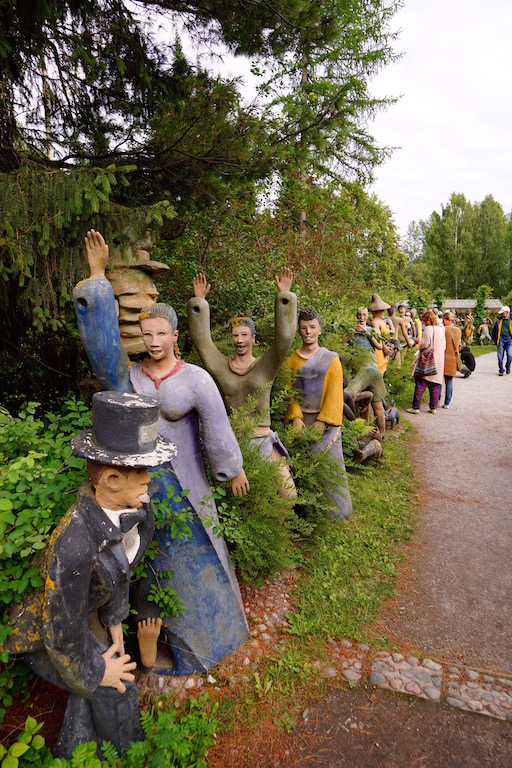
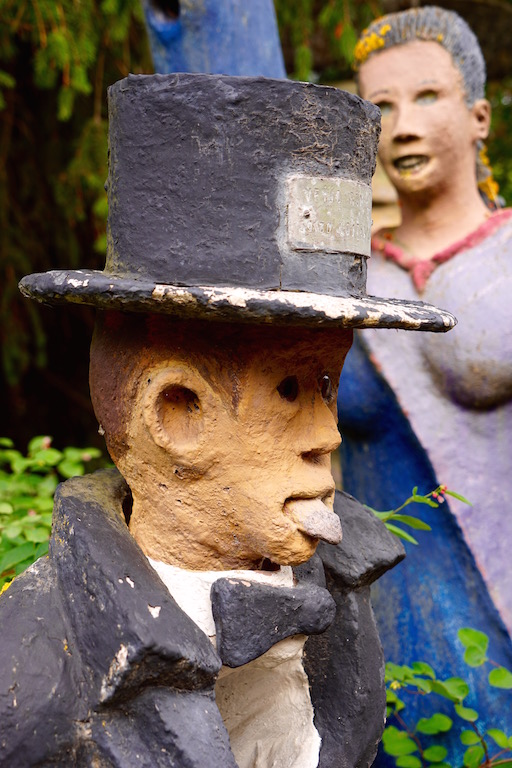
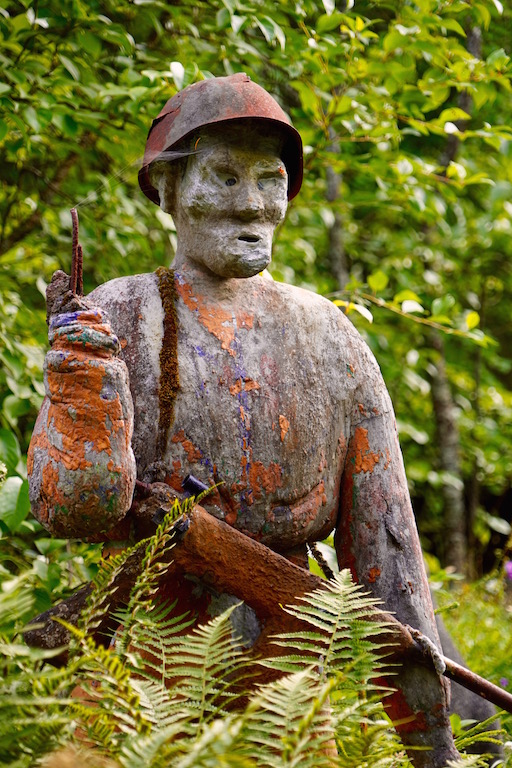
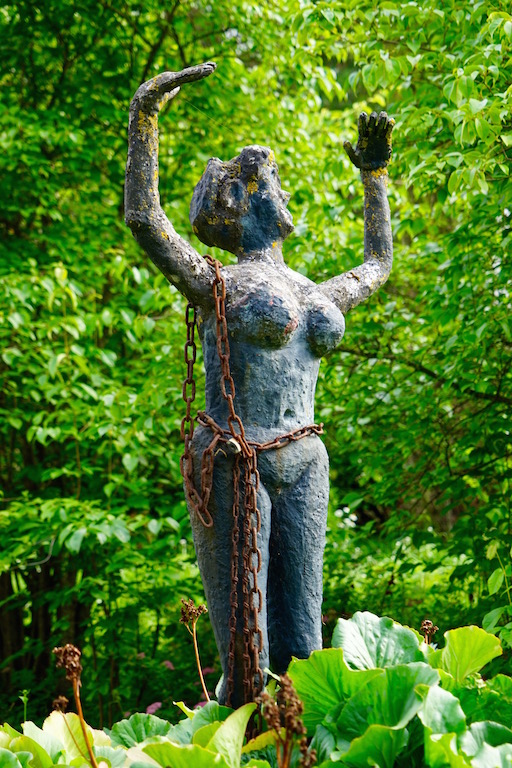
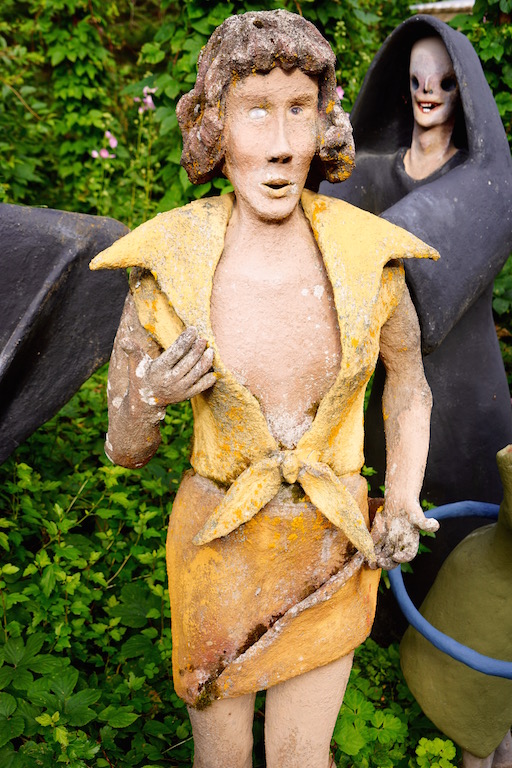
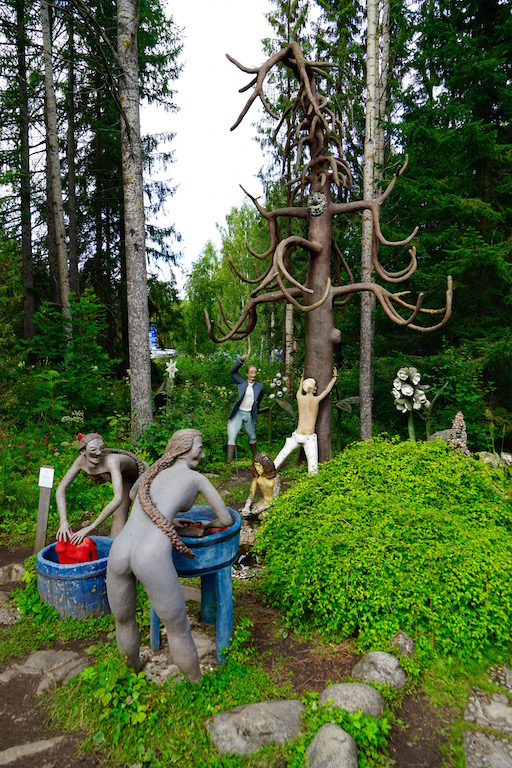
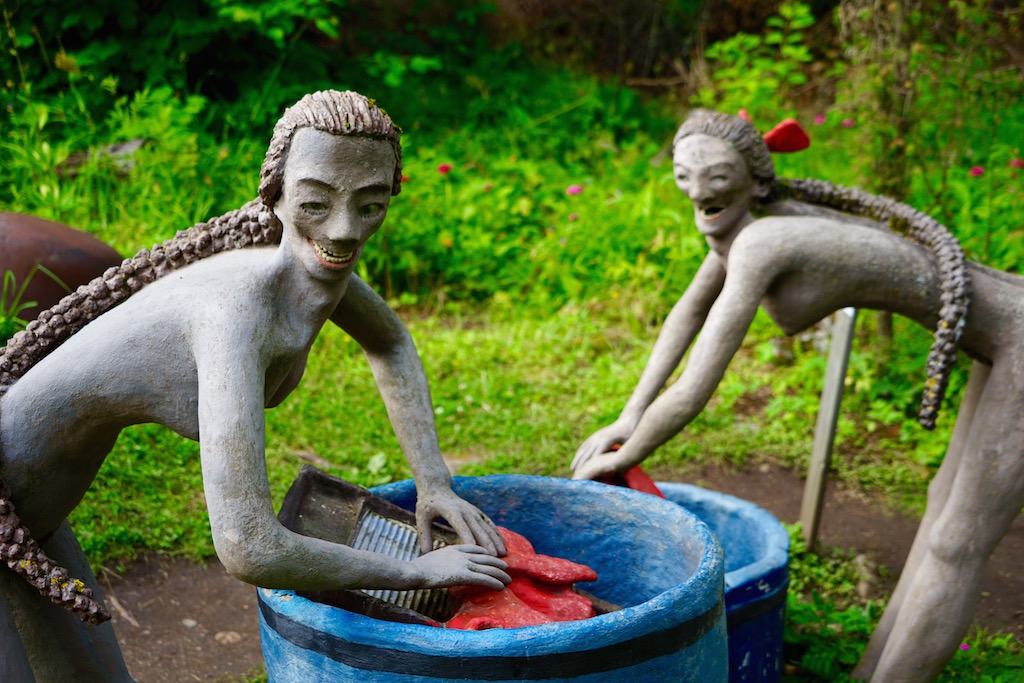
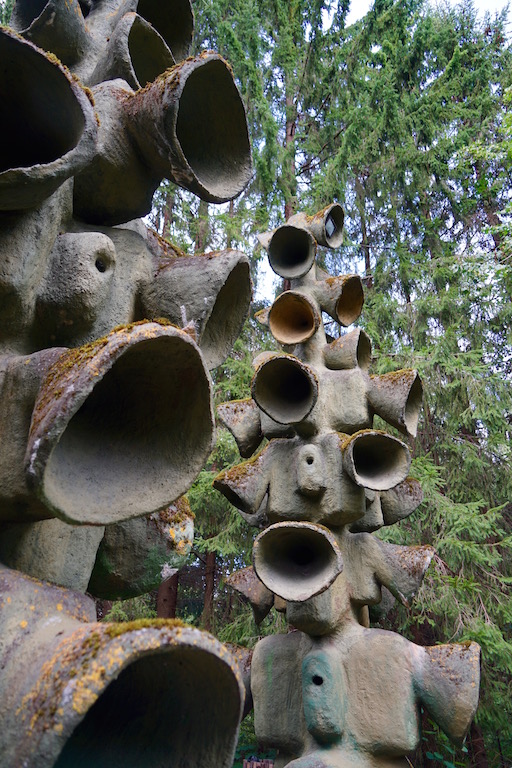
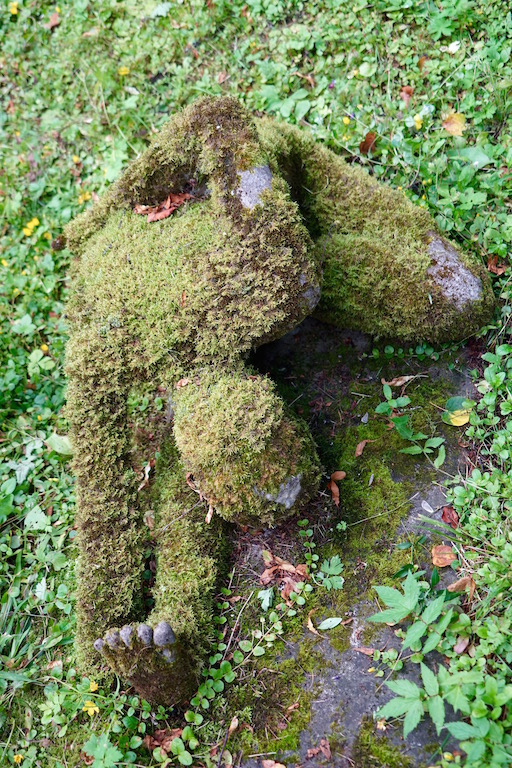
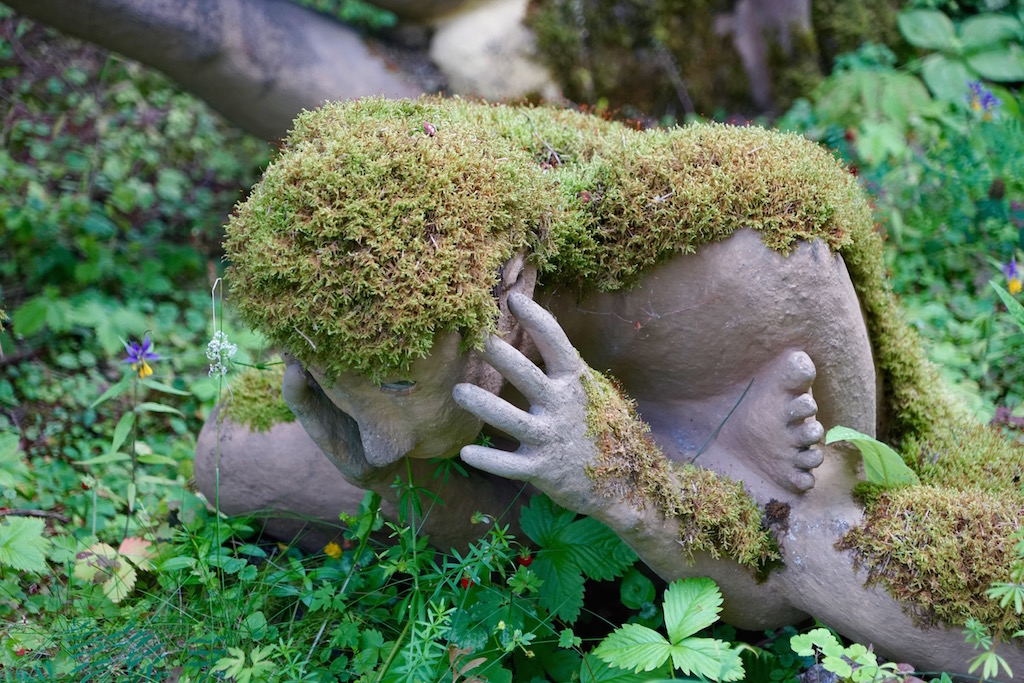
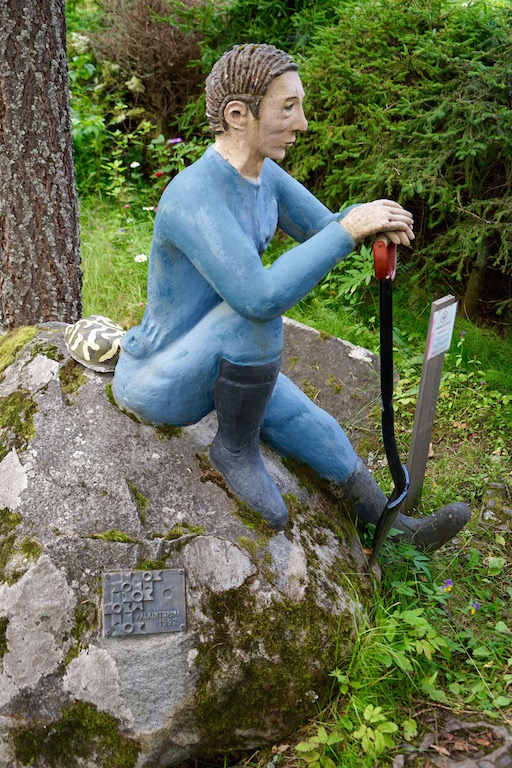
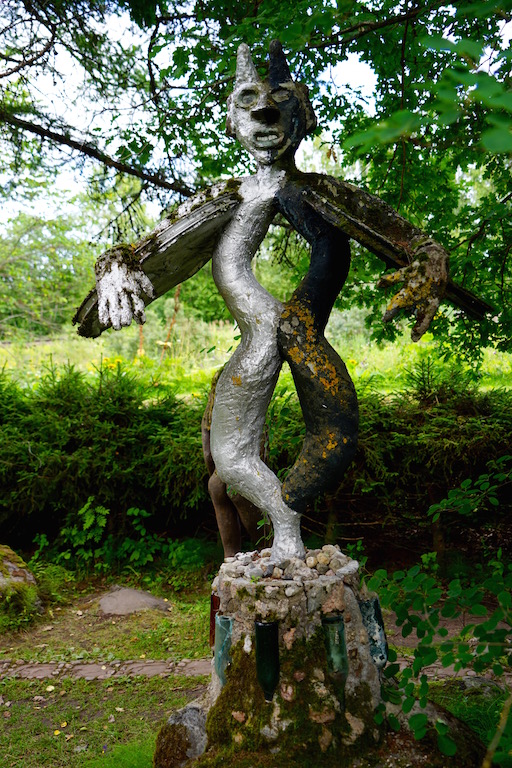
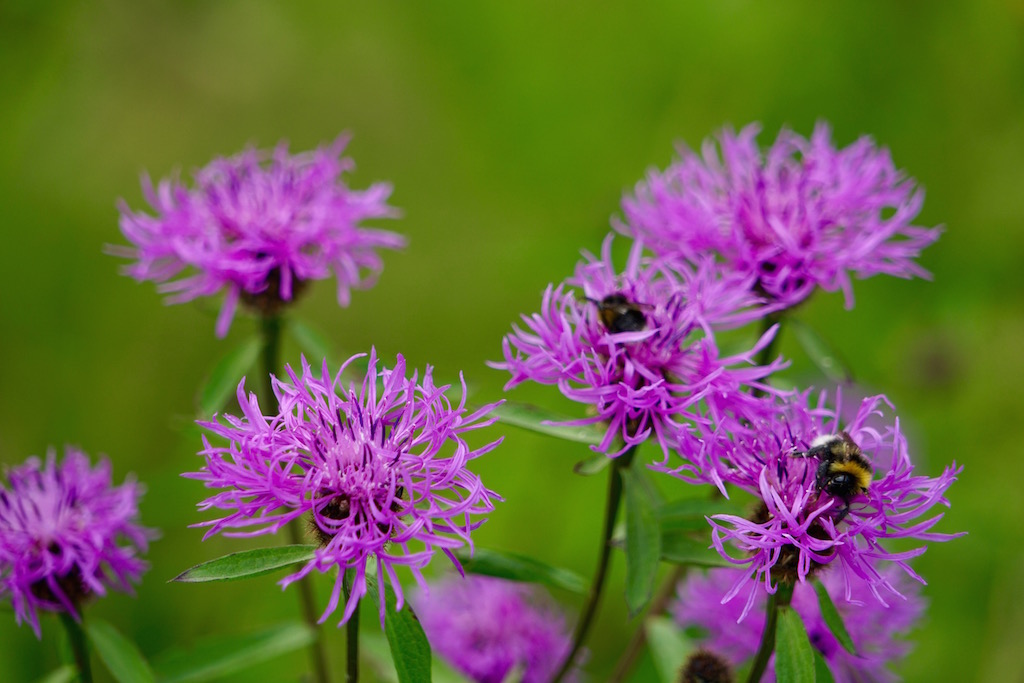
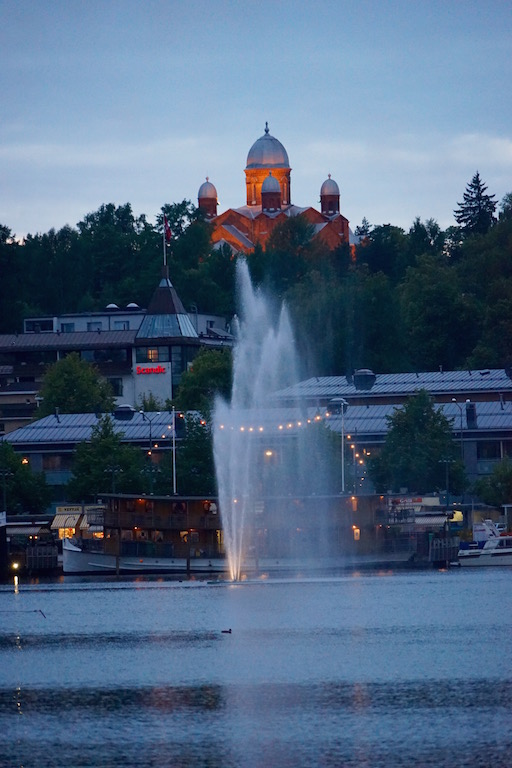
Lappeenranta in the Southeast of Finland is beautifully situated on lake Saimaa and is connected to the Bay of Finland and Russia via the Saimaa Canal. The canal was built between 1845 – 1856. It was formally opened on September 7 1856. It was later overhauled and widened 1963-1968. The canal is 42.9 km long (26.7 miles). the difference in elevation between lake Saimaa and the lower laying Gulf of Finland is 75.7 m (248 ft). The Finnish part has three locks, the first one in Mälkiä.
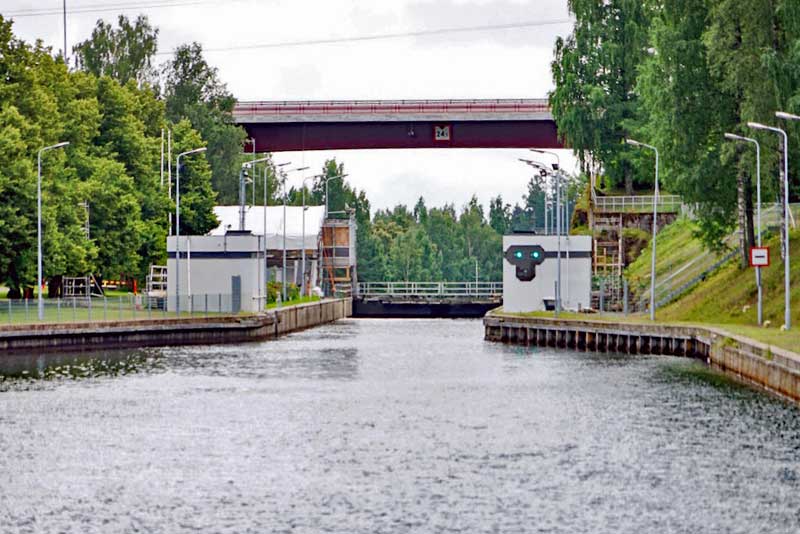
Mälkiä lock is the first lock when traveling towards Russia on the Saimaa Canal, it is also the lock with the biggest difference in elevation, 12,4 m (41 ft).
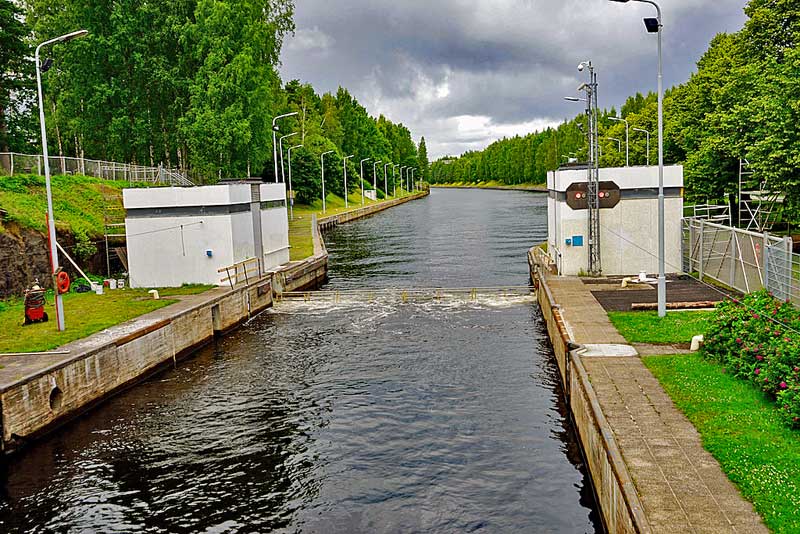
The lock port is rising from below to seal off the lake side of the lock so that the transition downwards can begin.

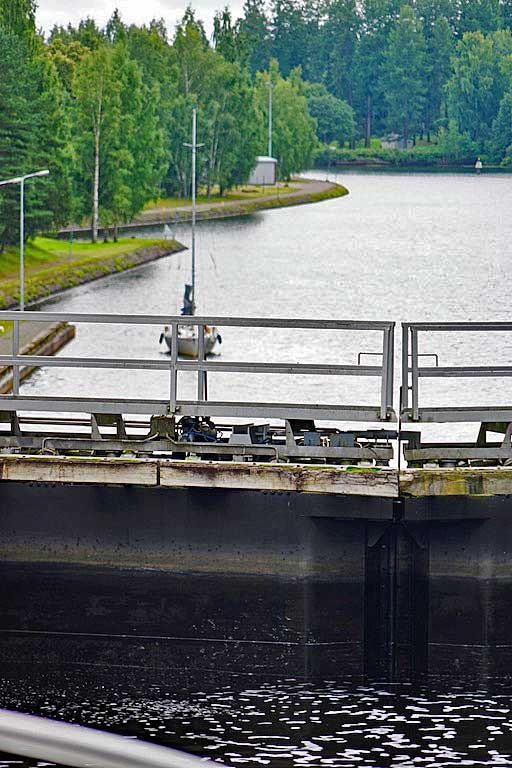
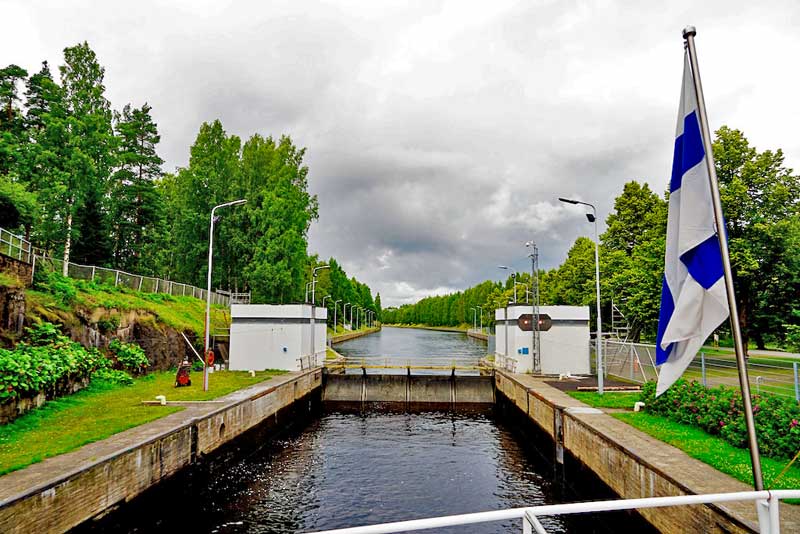
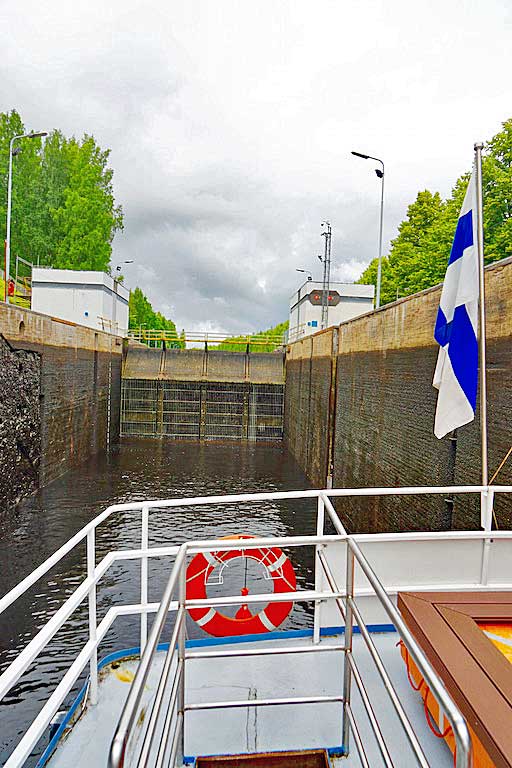
The gates have closed and lock is being drained of water, lowering the boat to the level of the lower part of the canal.
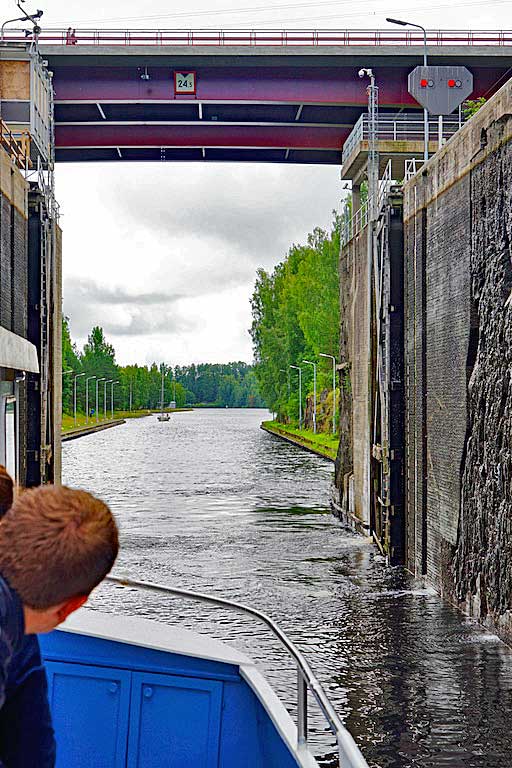
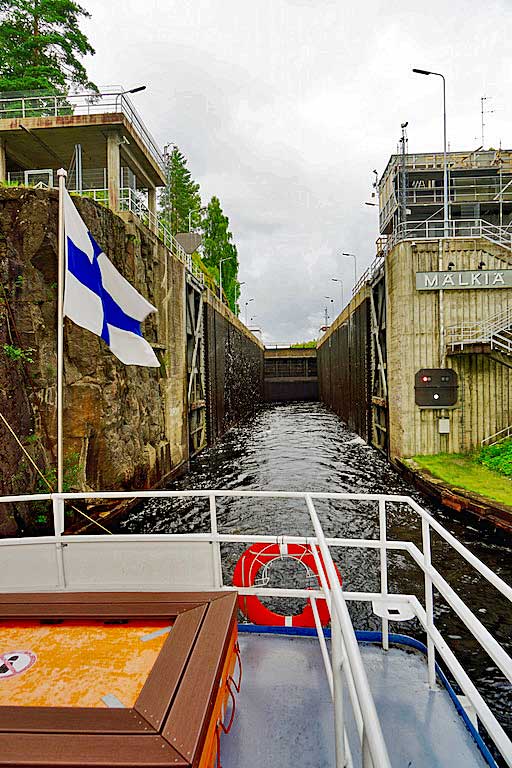
Take a two hour cruise on Lake Saimaa and the lock at Mälkiä with El Faro, it is a great experience!
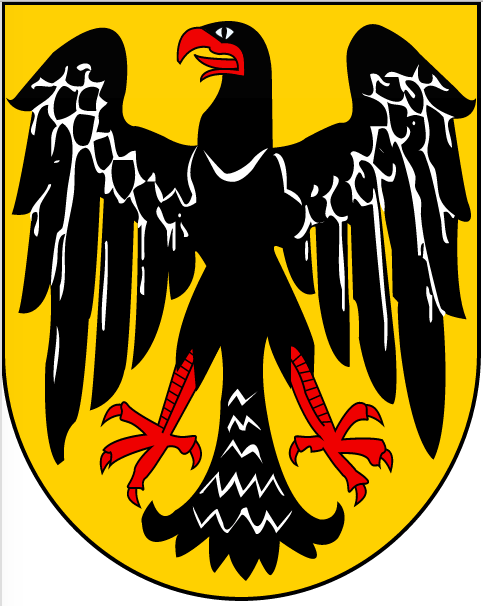
Weimar in the state of Thüringia in Germany was the place, where after the First World War, the first German Democratic constitution was signed. This was also where the Weimar Republic period in German history (1918-1933) was formed. It was the home of the period in art called the German Enlightenment and also the home of two of the main characters in the Weimar Classicism literary genre – Goethe and Schiller. Weimar was at one point home to such artists as Franz List composer and pianist. Artists and architects such as Paul Klee, Wassili Kandinsky, Henry Van de Velde, Lyonel Feininger and of course Walter Gropius the founder of the Bauhaus movement.
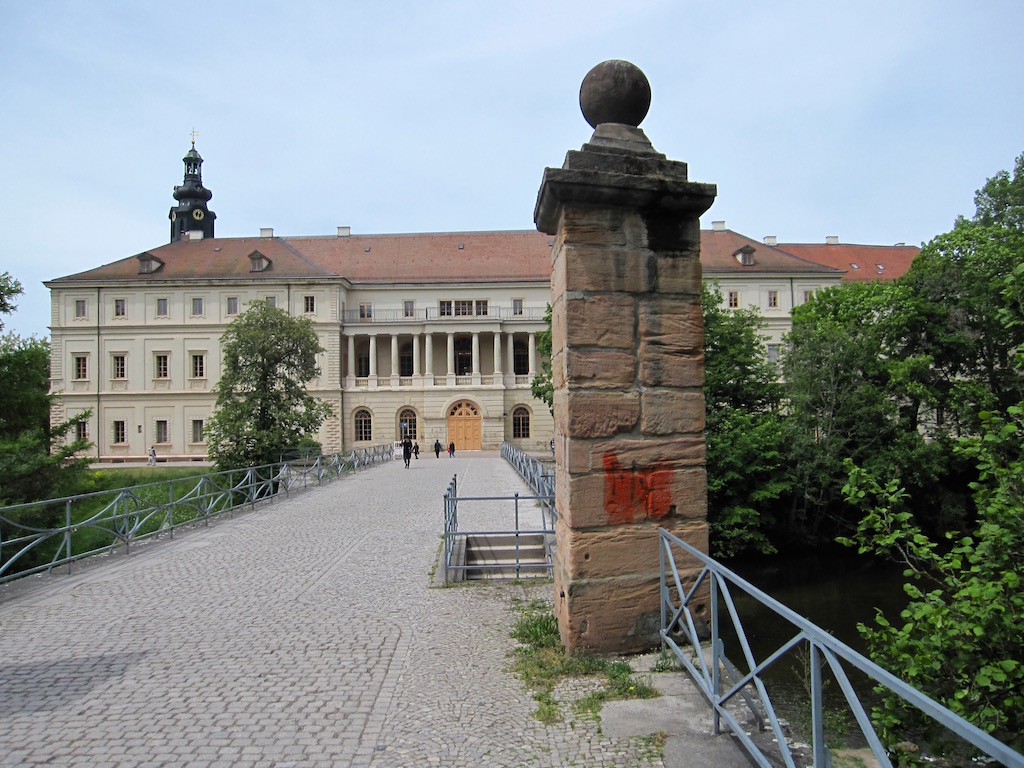
The Weimar City Castle, (City to distinguish it from other castles in the area) was a center for the arts in Weimar. The church attached to the castle was a place where J.S. Bach premiered many of his compositions.
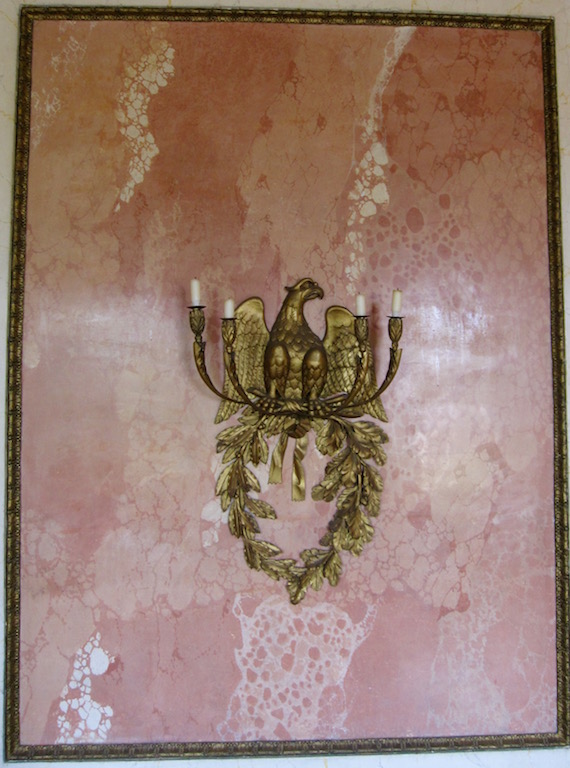
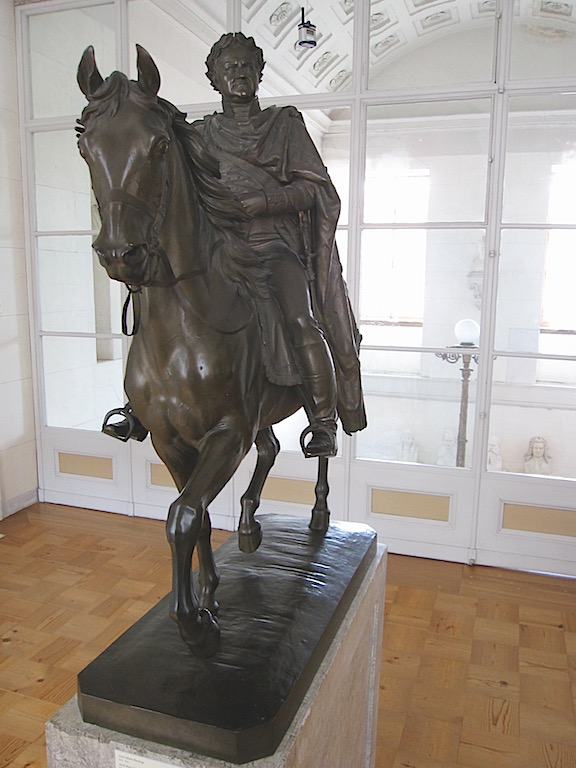
The Archduke Carl August von Sachsen Weimar was a supporter of the arts and used some of his wealth to purchase art and also brought in artists to the city and sometimes employed them to help them support themselves when their art could not.
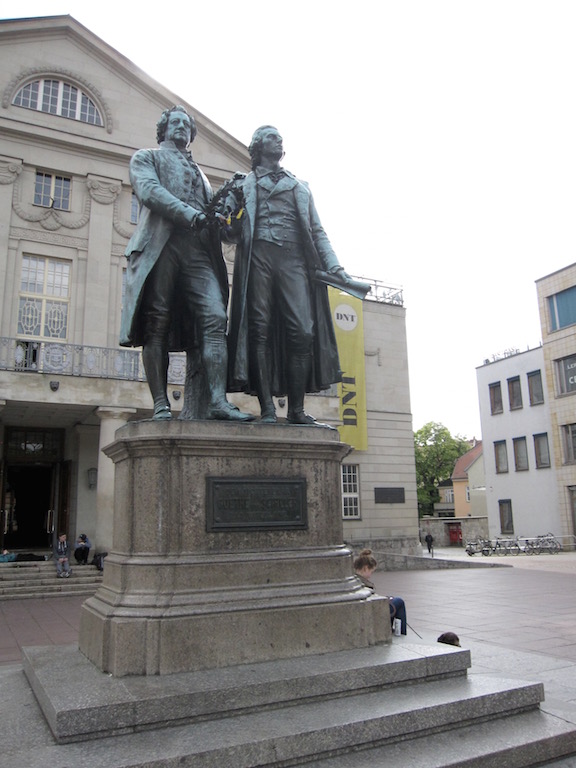
Goethe and Schiller were two of the intellectuals that were present in Weimar. Goethe, who was brought in to the city by the Arch Duke Carl August von Sachsen Weimar to ply his craft wound up working for the city in many capacities as he was well educated and had administrative capabilities in addition to his artistic ones. The two became fast friends and collaborators.
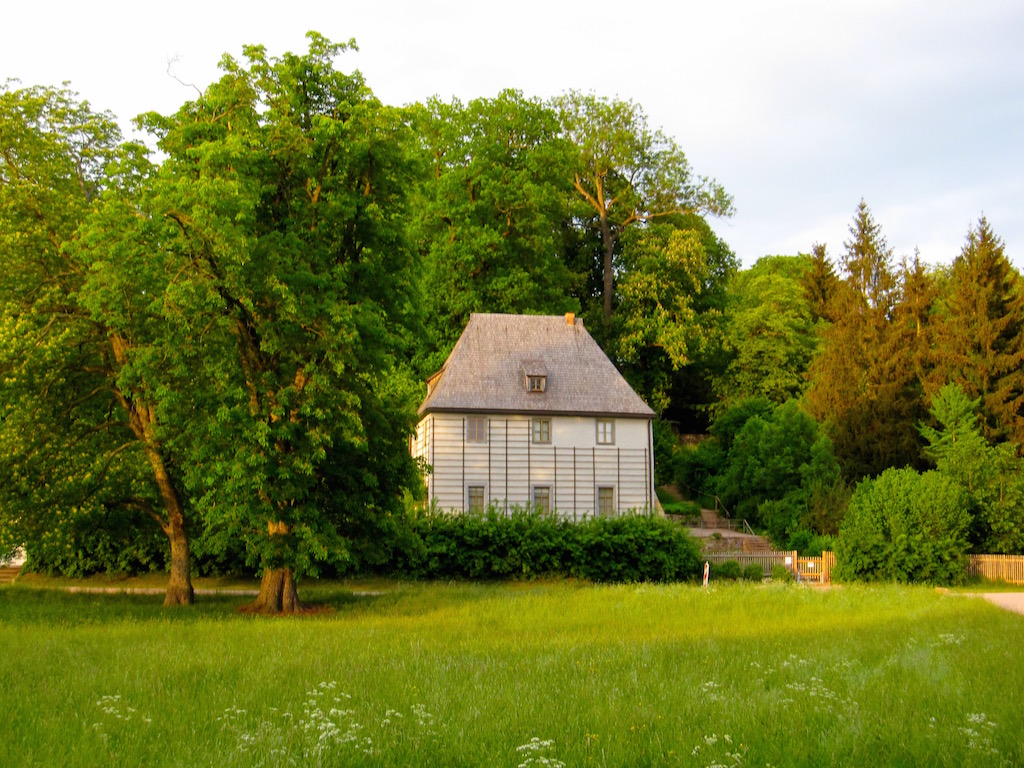
Goethe had a summer house in the park which was a gift from the Archduke. The above pictured house is a replica of the original to preserve the original it from the wear and tear brought on by the many visitors that come every year to see it.
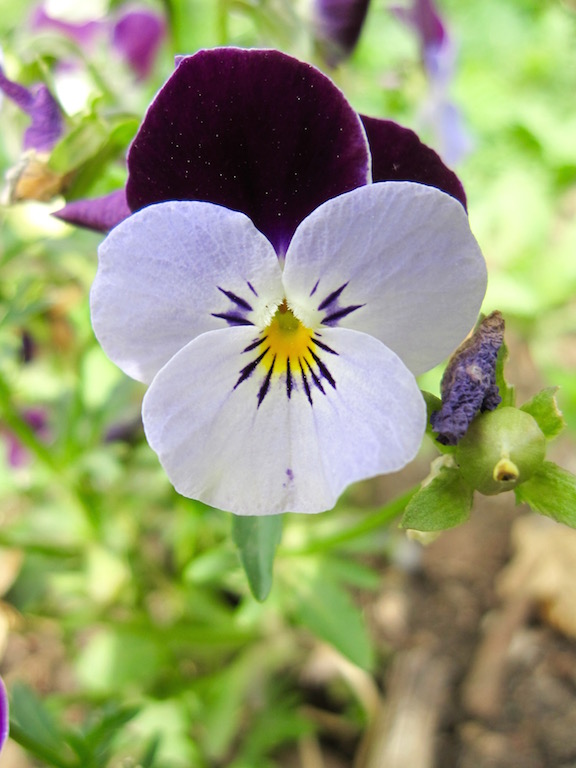
The garden at Goethe’s summer house is said to look exactly as it would have during the time Goethe lived in the house.
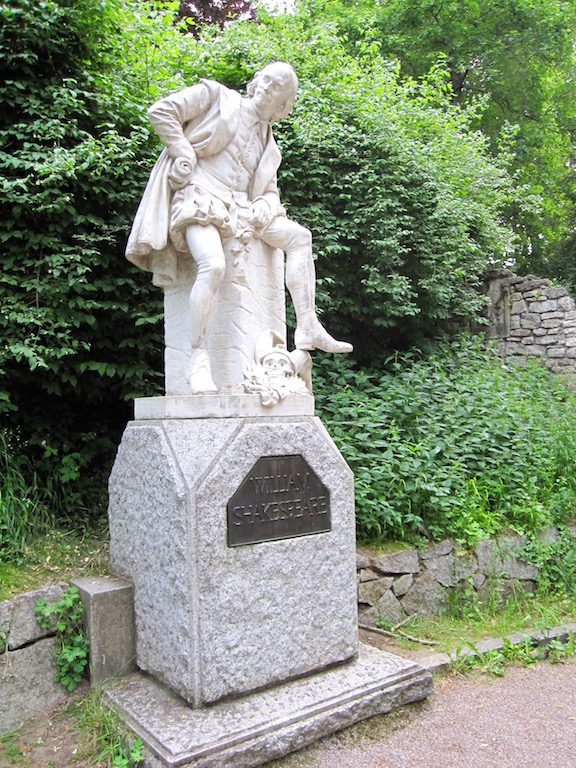
Weimar is home to the largest Shakespeare society outside of England in the world and there is a statue of the Bard in the Park and der Ilm. William Shakespeare lived April 1564 – April 23 1616 and was born in Stratford upon Avon in the U.K.